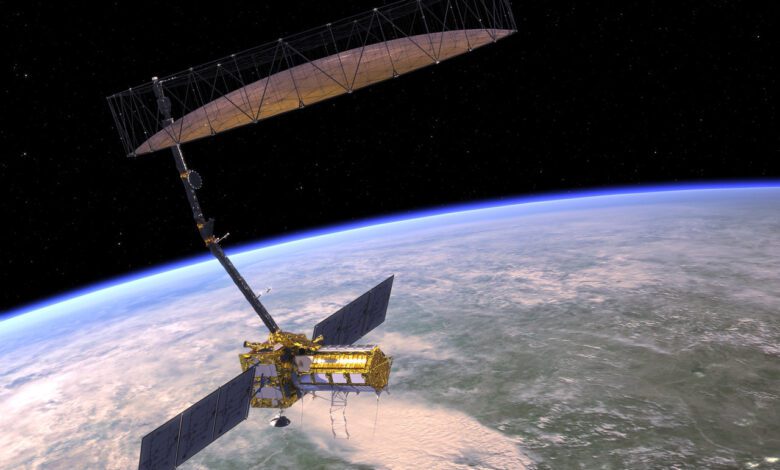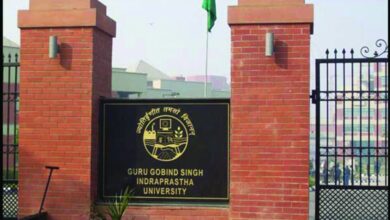
The space agencies of India and the United States have collaborated to design hardware for a future Earth-observing mission for the first time in history.
Approaching completion, the NASA-ISRO Synthetic Aperture Radar (NISAR) satellite is a major joint venture between NASA and the Indian Space Research Organisation (ISRO). Every twelve days, the NISAR satellite will do a thorough survey of the planet’s land and ice surfaces, working in two cycles.
The satellite is outfitted with two separate synthetic aperture radar (SAR) systems, enabling this amazing capacity. NASA is in charge of L-band Synthetic Aperture Radar (SAR), the solid-state recorder, GPS receivers, radar reflector antenna, deployable boom, high-rate communication subsystem for science data, and payload data subsystem.
While Leading the ISRO portion of the mission, ISRO’s U R Rao Satellite Centre in Bengaluru is in charge of the launch vehicle, S-band SAR electronics, spacecraft bus, and related launch services as well as satellite mission operations.
ISRO uses shorter wavelength radio waves for S-band SAR.
Through the use of various wavelengths, NISAR seeks to provide a comprehensive picture of the planet’s changing landscapes.
Insight into the woods and wetlands
Earth’s wetlands and forests, which are of special interest to climate scientists, will be the main focus of NISAR.
“The data it gathers will enable researchers to comprehend two fundamental functions of these ecosystems: the absorption and release of carbon.”
JPL noted that wetlands store carbon in their layers of organic soil, whereas forests store it in their tree wood. The atmospheric release of methane and carbon dioxide can be accelerated by any kind of disruption, be it slow or abrupt.
Researchers will be able to better understand the effects of these changes in land cover on the carbon cycle—the mechanisms that control the transfer of carbon between the atmosphere, land, ocean, and living things—by keeping track of these changes globally. As carbon sinks, these ecosystems are essential because they trap carbon that would otherwise be released into the atmosphere along with other greenhouse gases. However, human activities that intrude upon these essential ecosystems—such as urbanisation and deforestation for agriculture—decrease their capacity to store carbon. These kinds of changes in land use are thought to be responsible for about 11% of the world’s carbon emissions.
The early 2024 launch of the NISAR satellite is planned from ISRO’s Satish Dhawan Space Centre in southern India.
This joint venture between NASA and ISRO is a ground-breaking collaboration meant to deepen our understanding of how Earth’s ecosystems and landscapes are changing.
You might also be intersted in – Amid blame game, Haryana govt releases NASA’s satellite images to back claims



